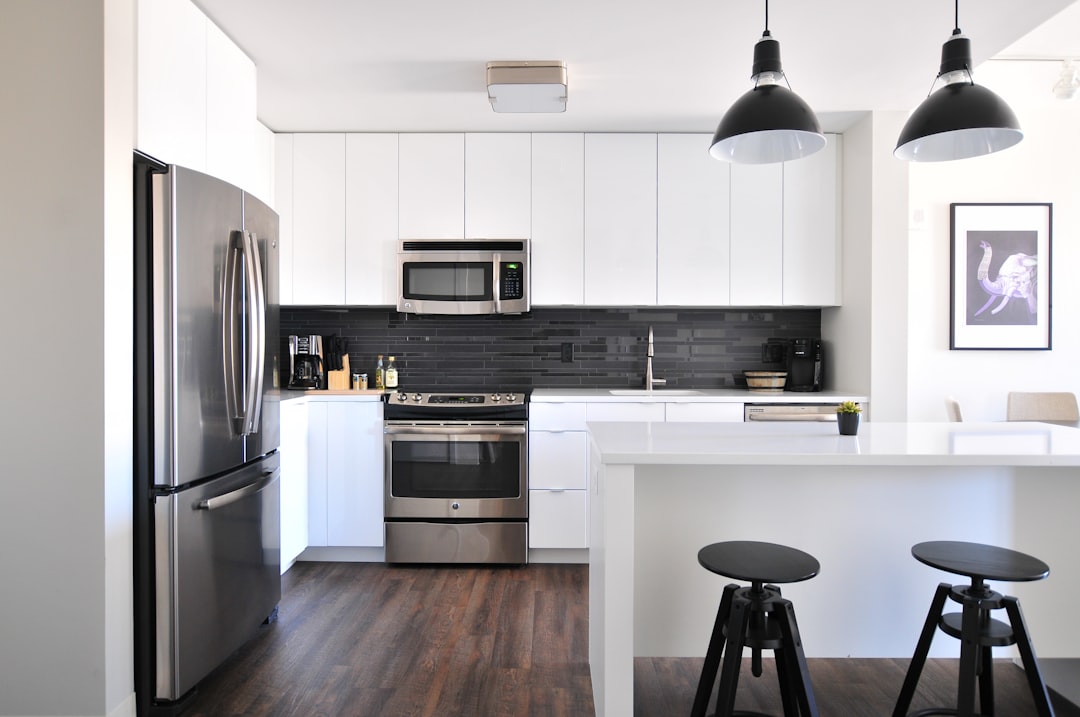It would be ideal if we all had complete control over our bladder. However, that is not always the case. Babies may not have developed this ability yet. The elderly may have lost it over time. Disabled people may not have the ability to go to the toilet even if they want to. Sick individuals may suffer from incontinence temporarily. Sometimes we want our pets to sleep with us in our bedrooms but we’re worried about them peeing in the middle of the night. In all these cases, having disposable bed pads can be a life saver. Be sure to check the following before buying them in bulk:
Absorption Capacity
A wet bed is not good to sleep on. The pad must have a material that is capable of absorbing the liquid quickly. It should also have a high capacity for holding water so that you don’t have to keep changing it throughout the night. The average capacity is around 1.2 to 1.5 liters of water per pad. You might find ones that can soak more at a higher price.
Odor Prevention
The disposable bed pads should have some built-in sanitation treatment that lets them control odor. It would be no use sleeping on a bed that smells bad. That would probably keep people up at night. Check the labels to see if they have anti-microbial treatments. Read the reviews as to how they perform in real life. If you have a sensitive nose, then this is particularly important to ensure.
Comfortable Surface
The surface should be comfortable to lay down on. It should be soft to the touch so that the skin will feel good upon contact. There should be no irritant that could lead to rashes or itching. Salts and dyes should be avoided for these products. They should also be comfortable even when wet as the moisture should be locked inside to keep the top dry.
Leakage Prevention
Once it absorbs the water, the liquid will have to go somewhere. The best pads are sealed on all for sides to prevent leakage. The bottom should also be made of a moisture-proof barrier that can prevent water from penetrating into the beddings and mattress. Polypropylene is typically used for this purpose.
Non-slip Backsheet
The backsheet may be facing the bed but it is just as important as the top. It should have a non-slip surface to prevent the pad from moving too much underneath the body. This ensures coverage where it is needed the most.











